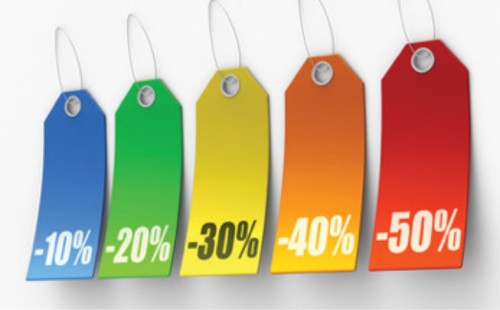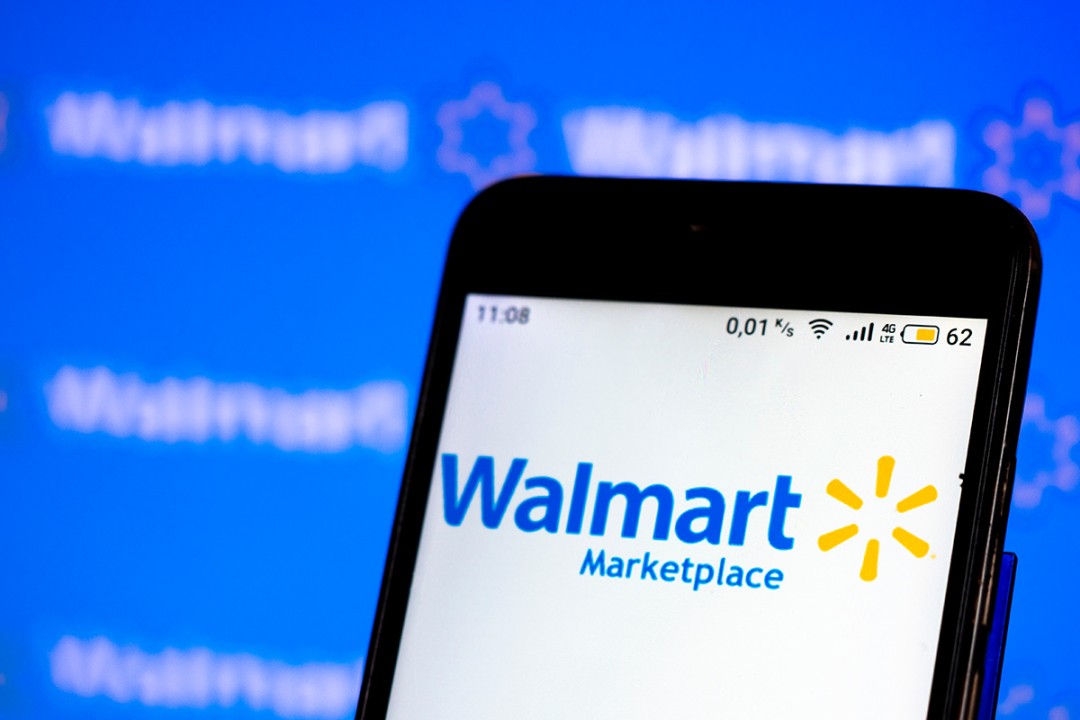
POTOO’s E-Commerce Price Defense Solutions
In today’s digital marketplace, Amazon and Walmart have revolutionized shopping. While these marketplaces and other known platforms offer brand growth opportunities, they also can bring…
Blogs | June 12, 2019
Amazon has set itself up as a third-party seller to export its catalog across the globe. On the surface, it may seem insignificant that Amazon is using different entities to sell, but the impact will be significant to some.
Why did Amazon set up as a third-party seller?
By setting up Amazon’s Global Store, Amazon can now take an offering in a single country and make it available in every country. It’s a brilliant move by Amazon to leverage its catalog in established regions to quickly grow its offering in less established regions.
How large is Amazon’s Global Store?
Very large and growing quickly, here are some stats:
To put those numbers in perspective: a typical Walmart store offers about 120,000 unique items. Walmart would need 40 stores, all with unique items, to offer the massive selection on Amazon’s Global Store added to Amazon UK.
Who does this impact?
Amazon Customers: Positive impact.
They get a worldwide selection with reliable delivery and Amazon takes care of importing goods and customer service.
Amazon Third Parties: Neutral to Slightly Negative impact.
This will have a minimal impact on most. Sellers reliant on dropshipping and selling cross-platform from different regions will now have a formidable competitor.
Brands: Negative impact.
Brands should closely monitor how their products propagate through Amazon across different countries. Manufacturers often sell the same product under different configurations and different brand names across countries. Having international versions of a product offered in regions they do not intend may cause cannibalization of the domestic version as well as confusion to consumers. If a manufacturer wanted an international version/brand available on a different market, it would already be on that market. Only items not already offered by either Amazon or third-party sellers in a country are listed on Amazon’s Global Store.
Amazon does not need to purchase directly from a manufacturer to sell those items in the Global Store. Amazon can offer items from third-party sellers with the inventory at Amazon’s warehouse (FBA). Amazon Global Store buys from a third-party reseller in one region and sells in other regions. Brands with third-party seller issues in one region may now have those issues expand to many different regions.
Items show “Sold and Shipped from Amazon Global Store”, even if sourced from a third-party seller.
Consumers buying through Amazon’s Global Store, will not be aware if the item was directly sourced by Amazon in the originating country, or by one of the 5 million resellers across Amazon Marketplaces. This will give more credibility to the consumer since it appears that Amazon is sourcing directly. Amazon Global Store owns the inventory at the time of sale, so there is no mention that it may have been sourced from a third-party in another country.
For brands already concerned about third-party listings, Amazon Global Store grows that issue exponentially. Amazon now propagates third-party offerings globally and sells that inventory under the name of the largest and most reputable third-party: Amazon Global Store.
Co-Founder & Chief Executive Officer, POTOO

In today’s digital marketplace, Amazon and Walmart have revolutionized shopping. While these marketplaces and other known platforms offer brand growth opportunities, they also can bring…

The world of online shopping is changing fast, and digital marketplaces are gaining more influence. Walmart’s online marketplace is growing rapidly, which is a big…

Making informed decisions is the cornerstone of success. The rapid evolution of technology and the influx of data have created both opportunities and challenges for…